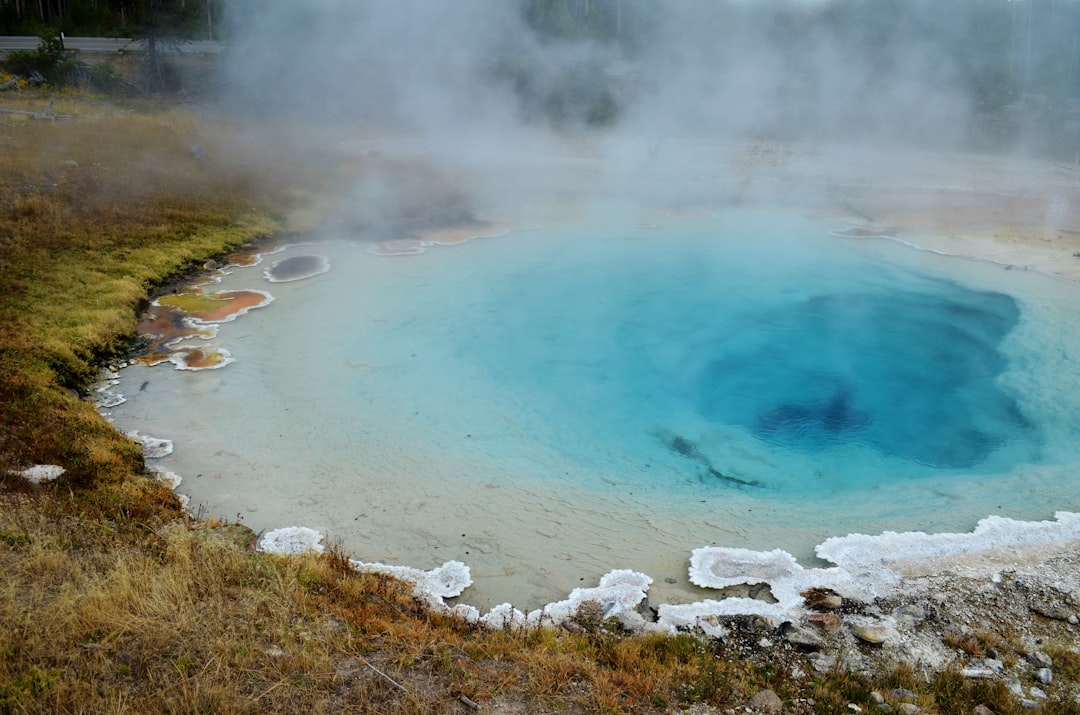What is it about?
A trend of predation intensity on Late Cretaceous ammonoids (extinct shelled cephalopods) was investigated for the first time on the basis of analysis of ventral lethal predatory shell breakage in large samples from the US Western Interior Province. Based on the incidence of breakage and the size and shape of the breaks, possible predators were estimated and the historical trend of durophagous predatory intensity and its response to shell size increase were analyzed.
Featured Image
Why is it important?
Our statistical analysis of ventral shell breakage indicates that the incidence of lethal predation increased in conjunction with an increase in adult shell size, suggesting that the body size of the prey was an important factor in predator–prey interactions. In addition, the predatory damage is more extensive in larger adults. This study reveals the importance of body size in the evolution of predator-prey interactions through geological time.
Perspectives
This study is a summary of the first author's (Yusuke Takeda) Master thesis, and I helped him in the field and laboratory works as his supervisor. I believe this paper first prove reliable data for the first time on a trend of predation intensity on Late Cretaceous ammonites and its response to the prey size evolution.
Professor Kazushige Tanabe
The University Museum, the University of Tokyo
Read the Original
This page is a summary of: Durophagous predation on scaphitid ammonoids in the Late Cretaceous Western Interior Seaway of North America, Lethaia, March 2015, Wiley,
DOI: 10.1111/let.12130.
You can read the full text:
Contributors
The following have contributed to this page










